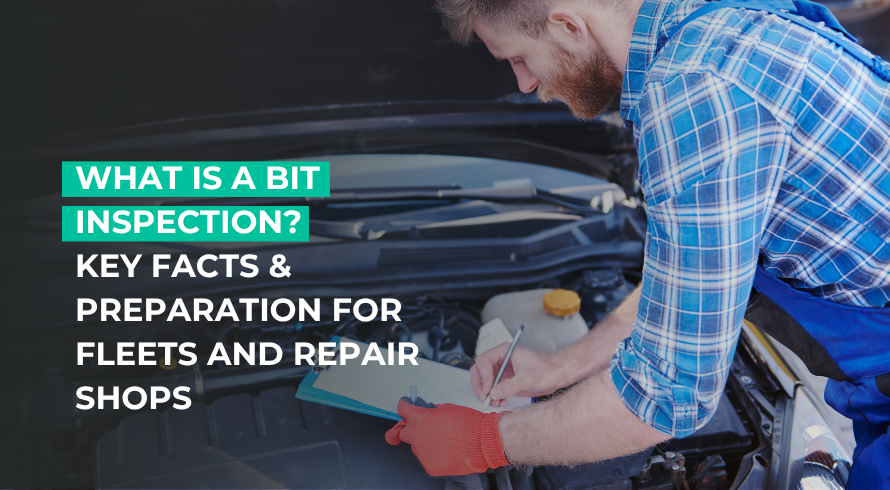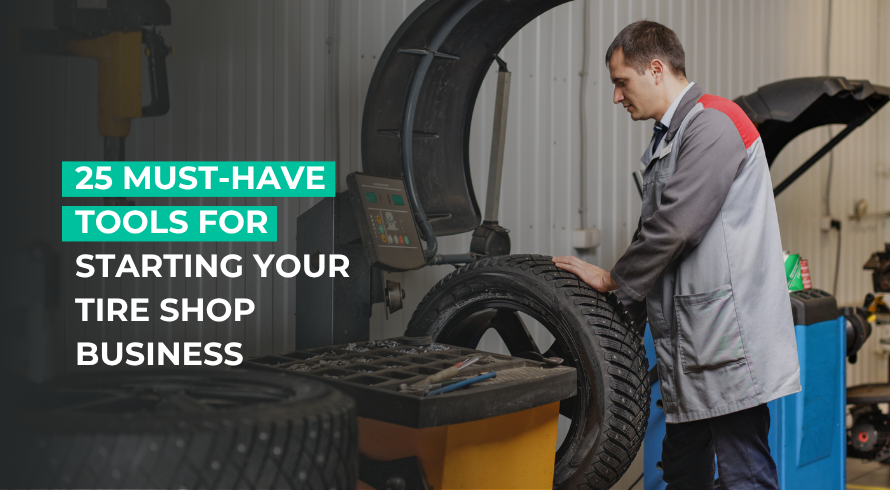AutoLeap Blog
Your go-to resource for industry news, trends and business advice

- Tips
/ Blog Advanced Driver Assistance Systems (ADAS) have been a revolutionary technological advancement .....
- Tips
/ Blog Remember the times when your car would just break down out .....
- Tips
/ Blog Opening a store to sell tires? That’s a pretty smart business .....
- Tips
/ Blog Over the years, we have seen that the most successful auto .....
- Tips
/ Blog In general, a fleet operator must be compliant with the laws .....
- Tips
/ Blog Clients coming into your auto repair shop rely on you to .....
- Tips
/ Blog A clear inspection checklist is essential. It helps you spot issues .....
- Tips
/ Blog If your auto repair shop has frequent tools missing, technicians are .....
- Business Advice, Tips
/ Blog Opening a tire shop? Your tools are the backbone of your .....
Book a personalized demo today.
Explore why the best auto repair shops choose AutoLeap to run and grow their automotive business.












